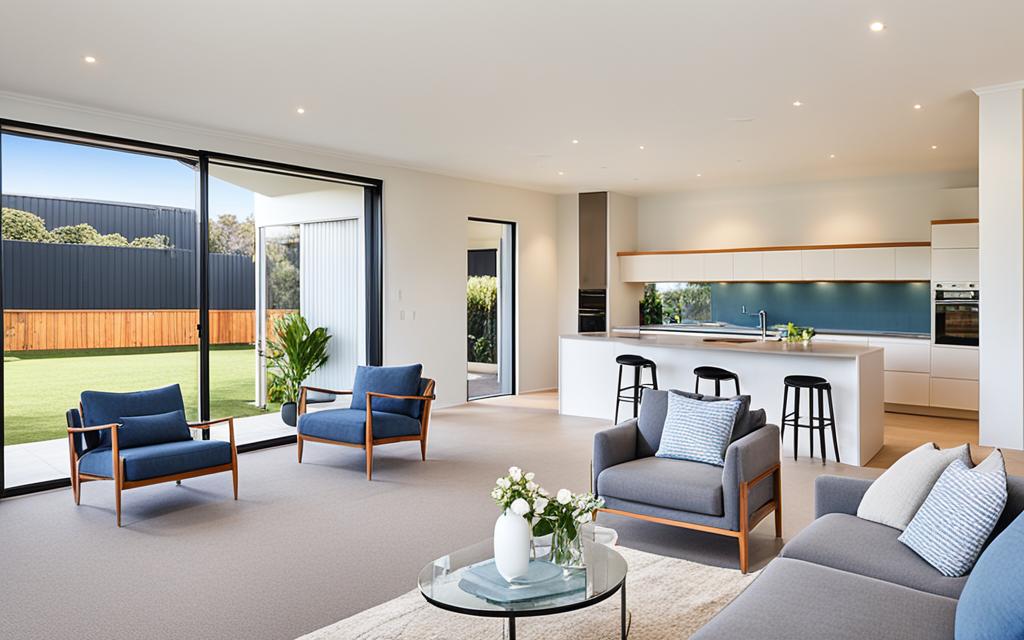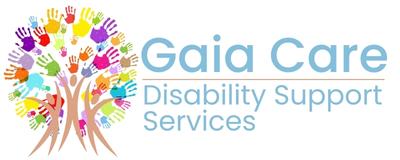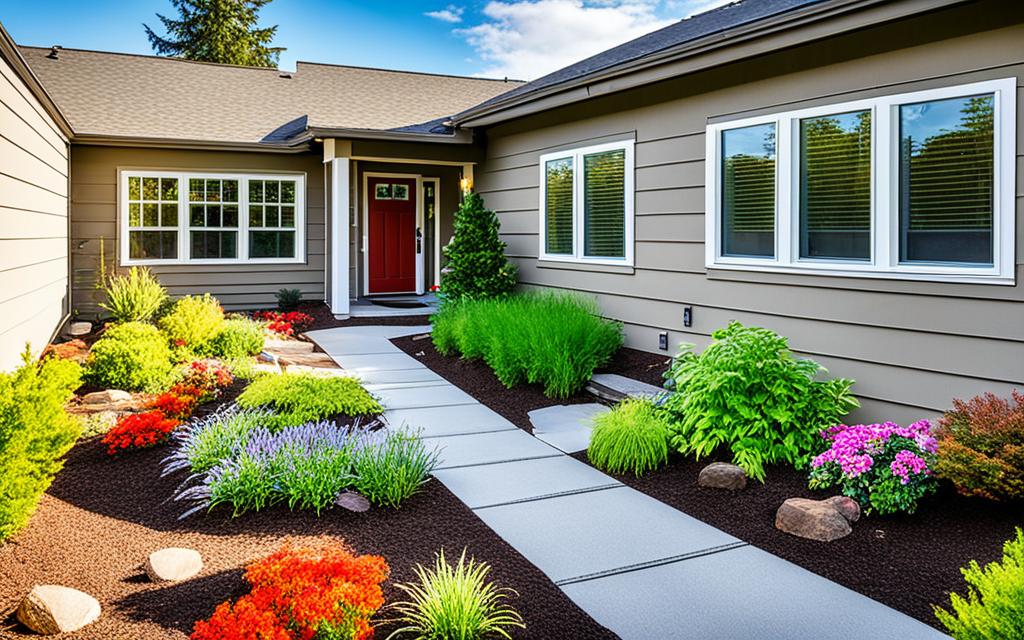In Australia, owning a home without a mortgage is seen as security. Yet, for many elderly and disabled folks, this is a dream. Finding affordable housing for seniors and disability friendly accommodation Australia wide is tough. People on Disability Support Pension struggle the most. They face high costs in making homes safe and liveable.
Changes in building codes across New South Wales, Western Australia, and South Australia complicate things further. These regions ignore the needs for accessible features in new homes. This leaves out many. Young families to the elderly miss out on suitable homes. Retrofitting becomes the only option. Sadly, it’s an expensive one.
Serena Ovens from the Physical Disability Council of NSW highlighted an important point. Inclusive buildings benefit everyone. Yet, 90% of her members can’t find suitable social housing. They’re stuck waiting for a place to call home.
These facts paint a grim picture. The struggle for elderly accessible homes Australia wide is real. We need to work together for change. Everyone deserves to live with dignity.
Key Takeaways
- Homeownership without mortgage debt is vital for disabled and elderly people’s security.
- Australia needs more disability housing options that are both cheap and easy to access.
- Accessible Housing in Australia for Disabled & Elderly faces big challenges due to laws and high costs.
- High retrofit costs show we must plan homes better from the start.
- As demand for elderly accessible homes Australia grows, we must think of the impact on needy groups.
Understanding the Demand for Accessible Housing in Australia
In Australia, more people need homes that are easy to access for the disabled and elderly. The population is changing, and more people are aware of disabilities now. This makes it harder for those who need homes they can easily move around in. There’s also a big demand for places where seniors can live comfortably. It shows how important it is for us to know what challenges these people face.
Statistical Insight: Population with Disabilities
Some Australian states face a tough future in making homes accessible. New South Wales, Western Australia, and South Australia chose not to follow new rules. These rules would have made it easier for people to move around in new buildings. People are worried about costs, the building industry’s struggles, and Covid-19’s impact on the economy. A big part of the population would benefit from these building changes. This includes people with disabilities, parents with prams, and those with temporary injuries.
Accessible Housing Shortage Crisis
Making homes disability-friendly after they’re built is very expensive. It’s cheaper to include these features from the start. Many people need these adapted homes but can’t get government housing. The deadline set by the Australian Building Codes Board is causing worry. This might change things for many in the community.
The Social Housing Struggle
Finding the right house isn’t just about private homes. It also relates to public and community housing. Many people with different disabilities find it hard to access the housing and services they need. Home modifications are often necessary, showing the challenges in public housing.
People look for homes that meet a wide range of needs. This includes the need for special spaces for pets or assistance animals. It shows why we must find thoughtful and complete solutions in Australian housing policy and development.
Finding Accessible Housing For The Disabled & Elderly In Australia
Finding a home in Australia’s market is tough, especially for the disabled and elderly. Knowing about disability housing options and accessible housing grants Australia provides is key. Recent stats show the need for accessibility in housing designs. Some governments might ignore new rules for basic accessibility in homes. This has caused worry among those who push for inclusive living.

Features like the ‘silver level’ from Liveable Housing Australia can make a huge difference. These features include step-free entrances and bathrooms that support mobility. Serena Ovens pointed out that over half would benefit from these changes, not just those with disabilities now.
Some state governments think mandatory accessible features will raise building costs. They say this could make homes less affordable. But, adding these features later can be much more expensive than doing it from the start.
Accessible housing is crucial for people who rent, especially with rising costs. Many with disabilities need homes that suit their needs but can’t afford them. About 90% of them can’t get social housing, which makes it even harder.
- In June 2020, nearly 1.7 million income units needed Commonwealth Rent Assistance.
- Even with help, many still struggle with the cost of rent. This is true despite help like Private Rent Assistance and NDIS’s Specialist Disability Accommodation.
Critics are loud against the decision to ignore NCC’s accessibility guidelines. They ask leaders to think again to protect disabled and elderly residents. Without proper standards, many will face difficulties in their homes.
Looking for the right place often involves checking out accessible housing grants Australia offers and different disability housing options. Using resources like the Disability Gateway can help. It’s crucial in finding homes that are safe, within budget, and accessible.
Essential Features of Disability-Friendly and Elderly Accessible Homes
The idea of elderly accessible homes Australia focuses on including everyone. It understands the needs that come with getting older or having limited mobility. It’s not just about how the house is built. It’s about making a place where older people and those with disabilities can feel independent and comfortable. The Liveable Housing Design Guidelines use a grading system – silver, gold, and platinum. This shows the range of design needs, from basic to the best. This approach shows the importance of making living spaces that can change to meet people’s needs.
By reaching these standards, homes get a badge showing they are built for everyone to access and use comfortably. Accessible housing grants Australia prove the country wants to make homes that meet people’s needs as they change. These funds are key to making the guidelines real, making sure money issues don’t stop accessible homes from being built.
Key Design Elements for Accessible Homes
Following standards like the Australian Standard AS 4299-1995 Adaptable Housing makes sure homes are built to meet certain needs. This also means homes can change with the occupants’ changing needs. Whether it’s adding room for a wheelchair or putting in easy-to-use fixtures, it all helps. This way, people don’t have to move away from their community, keeping important social ties.
This approach builds a strong base for retirement community living Australia focused on community.
Technological Integrations for Enhanced Accessibility
To ensure homes are fully accessible and help residents live well, technology improvements for the home are crucial. New tech allows for custom changes that make daily life easier. For example, lights that turn on for people who can’t see well or appliances that work by voice for those with trouble moving. This tech doesn’t just make the house work better; it makes living there better, valuing everyone’s independence.
Modifications and Adaptations in Existing Structures
Adaptable housing isn’t just for new buildings; it’s also for updating existing ones. This shows the need to make changes that help everyone, no matter their age or ability. Adding wider doors, ramps, and taps that are easy to use can greatly improve a home. Such changes show respect for older residents and plan for families living together across generations.
Creating homes that showcase inclusion and work well involves everyone nationwide. It learns from the success of shared housing in northern Europe and America. Australia is leading the way in making homes that are good for everyone, mixing smart design and new technology. This celebrates the wide variety of people living there.
Challenges and Solutions in the Housing Market for Renters with Disabilities
Finding renting with a disability in Australia can be tough. Many face a hard time finding accessible housing rentals in Australia. Affordable and disability friendly accommodation in Australia is hard to come by. It’s harder because rentals don’t often say if they’re accessible.
This makes people have to work harder just to find a place. They have to talk more to rental providers, making everything more difficult.
Owning a home without a mortgage is way more stable than renting. This is worrying because people with disabilities often don’t have much money. They mostly live on the Disability Support Pension, so owning a home seems impossible. Also, public housing has dropped from 4.1% to 3.7% since 1996. This makes things tougher. Meanwhile, the UK has about 20% of housing as public, which really shows the difference.
Data shows a big problem—there’s less social housing now. In 12 years, social housing went from 5.8% to 3.9%. Waiting lists for social housing are getting longer. This puts people with disabilities in a hard spot. They really need senior living apartments in Australia and places that meet their needs.
Housing affordability changes with household income and housing costs. For many with disabilities, this can mean a lot of stress with housing or renting.
There are ways to fix this, though. We need more social housing and smart ideas in the private sector. Countries like France and New Zealand are good examples. They have 17% and 7% public housing, which shows we can do better. These efforts can make housing more inclusive.
A combined effort from the government and private sector is key. Together, they can create more disability friendly accommodation in Australia. It’s about building homes that really suit people’s needs.
In the end, it’s clear we need to take action. We need to make sure homes are accessible and suitable. By working together, Australia can make a future where renting with a disability is easier. It should be a choice, not a cause for stress.

Financial and Regulatory Support for Accessible Housing
Understanding housing challenges for vulnerable groups is crucial. Financial aid and rules in Australia are key for creating disability housing options. As of 26 June 2020, 1.7 million family units received Commonwealth Rent Assistance (CRA). This shows the government’s support for those in need. Moreover, 141,000 social housing homes had disabled members, making up 39% of all such households.
Another form of help is accessible housing grants in Australia. In 2019-20, 92,600 households got this aid, mainly as bond loans. This helps reduce rental stress. By the end of 2020, 27,900 people got help to modify their homes, with an even split between men and women.
Specialist Disability Accommodation (SDA) focuses on affordable housing for seniors and disabled people. The number of participants increased from 15,700 in December 2020 to 16,000 by June 2021. Following standards like AS4299-1995 and AS 1428.1-2009 is essential. These set a strong foundation for inclusive housing, helping people live with dignity and independence in their communities.
FAQ
Q: What defines Accessible Housing in Australia for the Disabled & Elderly?
A: Accessible housing helps those with disabilities and the elderly. It has features like ramps, wider doorways, and ground-level rooms. This makes living safer, easier, and more independent.
Q: Why is there a high demand for accessible housing in Australia?
A: Many Australians have disabilities or are getting older. About one-third of homes have someone with a disability. Older people also want to stay independent. So, they need homes that suit their mobility.
Q: What is the current state of the accessible housing market in Australia?
A: There are not enough accessible houses in Australia. Some are lived in by people who don’t need special features. This issue is very noticeable in social housing. Finding the right home can be hard.
Q: How can elderly and disabled individuals find affordable accessible homes?
A: People can check online listings or seek help from organizations. The Disability Gateway and housing grants are good places to start. They offer support in finding and affording the right home.
Q: What essential design features should accessible homes include?
A: Homes need features like no-step entries, wide doors, and spacious rooms. Ground-floor bathrooms and grab bars are important too. These designs help everyone move around easily and safely.
Q: What technological advancements assist with home accessibility?
A: Smart technology improves accessibility at home. It controls lights, doors, and appliances automatically. There are also tools for those with sensory or mobility challenges. These help people live more independently.
Q: How can existing homes be modified to improve accessibility?
A: Homes can be changed by adding ramps or stairlifts. Kitchens and bathrooms can also be made easier to use. Talking to a professional for advice is a good idea.
Q: What challenges do renters with disabilities face in Australia’s housing market?
A: Finding a rental that says it’s accessible can be tough. There aren’t many options. Sometimes, renters face unfair treatment. It’s important to ask agents about accessibility and use resources aimed at helping.
Q: What financial and regulatory measures support accessible housing in Australia?
A: Australia supports accessible housing with grants and laws. They follow standards that make homes easier to live in for everyone. Encouraging builders to make accessible homes helps too.
Q: How does smart home technology improve the lives of the disabled and elderly in their homes?
A: Smart home tech offers control, safety, and independence. Features like automated doors and voice-controlled devices make life easier. This technology allows people to manage their homes better.
Source Links
- Australian Institute of Health and Welfare – People with disability in Australia: Housing
- The Guardian – Accessible housing: disabled people left behind by ‘shameful’ building code stance in NSW, WA and SA
- Queensland Government – Housing for people with disability
- Australian Institute of Health and Welfare – People with disability in Australia: Housing assistance
- Your Home – Liveable, adaptable home
- Parliament of Australia – Joint Standing Committee on the National Disability Insurance Scheme – NDIS accommodation

